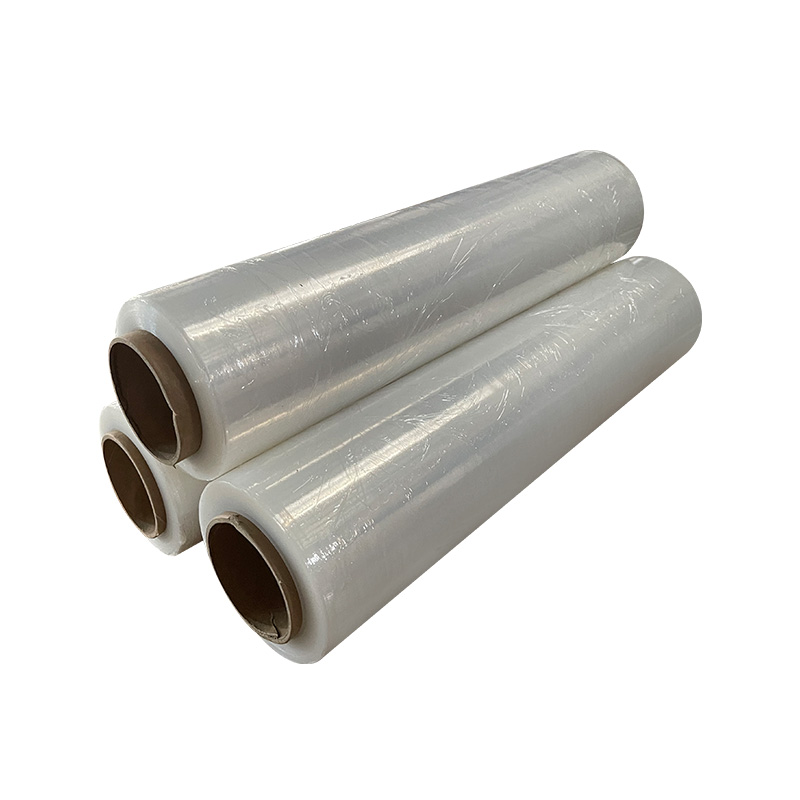The use of PE/PP co-extruded films in packaging offers several economic benefits that can make them a highly cost-effective choice for manufacturers across various industries. Here are the key economic advantages:
Cost Efficiency in Material Usage
Reduced material costs: By combining Polyethylene (PE) and Polypropylene (PP) in a co-extruded film, manufacturers can optimize the use of raw materials. The PP layer, known for its higher cost, can be used in a thinner layer, while PE, which is generally cheaper, can form the majority of the film. This allows for a balanced cost structure that maximizes performance without the need to use expensive materials for the entire film.
Tailored material thickness: Co-extrusion allows manufacturers to adjust the thickness of each layer independently, reducing the amount of expensive materials (like PP) used, while maintaining the required strength and barrier properties. This material optimization leads to lower production costs.
Improved Product Performance at Lower Costs
Enhanced barrier properties: PE/PP co-extruded films offer improved moisture, oxygen, and UV barrier properties compared to single-material films. This added functionality can lead to longer shelf life for the products being packaged (e.g., food, electronics), reducing spoilage and product returns, which can significantly cut down on waste and losses.
Better performance per unit of material: The co-extrusion process allows the use of multiple layers with different functional properties (e.g., a tough PP outer layer for strength and a PE inner layer for sealing), which means that manufacturers can create a more versatile and efficient packaging solution using less material overall.
Energy Efficiency in Production
Lower energy consumption: The co-extrusion process can be more energy-efficient than producing multi-layer films separately and laminating them afterward. Since the layers are extruded in a single process, heat energy and processing time can be reduced, which lowers the overall energy costs involved in film production.
Faster production cycles: The ability to create complex, multi-layer films in one step with co-extrusion reduces production time, allowing manufacturers to produce more films in a shorter period. This results in higher throughput, reduced labor costs, and better economies of scale.
Lower Packaging Material Costs
Thinner films: Co-extruded films allow for thin, flexible films that still maintain the necessary strength and barrier properties. As a result, companies can use less material to achieve the same or better performance compared to traditional thicker films. This leads to savings on raw materials, transportation, and storage costs.
Reduced waste: The controlled extrusion process results in fewer defects and more consistent quality. This reduces material waste that could occur in traditional film production methods, where imperfect layers or inconsistencies require rework or disposal. Lower waste means fewer material losses and a more cost-effective production process.
Versatility and Customization
Tailored for specific needs: PE/PP co-extruded films can be customized to meet the specific needs of different applications (e.g., food packaging, medical packaging, industrial wrapping). The ability to modify the film's barrier properties, flexibility, strength, and sealability by adjusting the composition of the layers makes these films highly versatile. This versatility allows manufacturers to target a broader range of markets with a single packaging solution, improving market adaptability without requiring new, costly materials or designs.

Reduced Transportation Costs
Lightweight packaging: Since PE/PP co-extruded films are typically lightweight, the shipping costs for transporting the film material are reduced. Additionally, lighter packaging means lower shipping costs for finished packaged goods. Lower transportation costs help improve overall supply chain efficiency.
Increased Sustainability and Reduced Waste
Recyclability: Both PE and PP are widely recyclable, so using them in combination in co-extruded films can make the packaging more environmentally friendly. This appeals to customers looking for sustainable solutions, and many companies find that using recyclable materials can provide cost savings through incentives or reductions in waste disposal fees.
Lower environmental impact: By using thinner films and optimizing the materials used in production, PE/PP co-extruded films can reduce the overall carbon footprint of packaging production. Companies that adopt sustainable packaging solutions may be able to reduce costs associated with environmental regulations, carbon credits, or waste management fees.
Enhanced Durability and Reduced Packaging Damage
Stronger and more protective: PE/PP co-extruded films are resistant to punctures, tears, and abrasion, which helps protect the packaged goods from damage during transportation and handling. For products like electronics or fragile food items, this durability reduces the risk of product loss and returns due to damaged packaging, ultimately reducing costs for replacements and returns.
Cost Savings Through Economies of Scale
Efficient mass production: Since co-extrusion is a continuous process, manufacturers can take advantage of economies of scale by producing large volumes of film at once. This helps lower the cost per unit of production and improves profit margins.
10. Regulatory and Compliance Benefits
Compliance with packaging standards: PE/PP co-extruded films can be engineered to meet the regulatory requirements of specific industries (e.g., food safety standards, medical device packaging regulations). Using compliant packaging materials helps companies avoid the costs associated with penalties, product recalls, or the need for retesting.



 English
English 中文简体
中文简体














